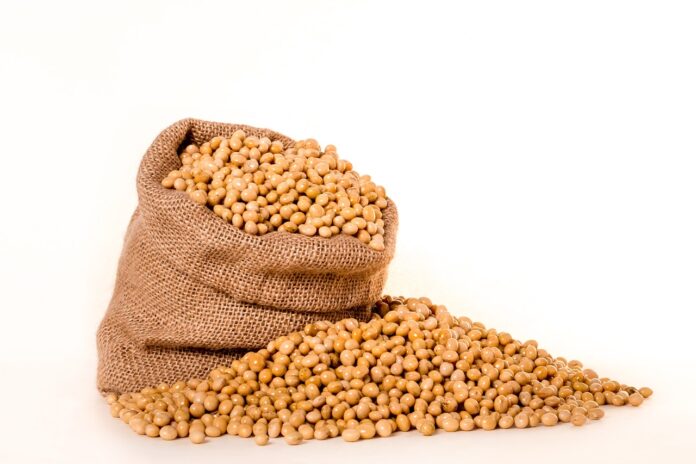We all consume soybeans more often than we might think. In today’s world, soy has become one of the most common substitutes for other products. Meat, milk, and other product alternatives—what isn’t made from it?
Generally, using soy-based raw materials isn’t harmful, and it’s noticeably cheaper than meat. However, some unscrupulous manufacturers sneak it into products without informing consumers. Can you guess how much soy is in some processed sausages?
Facts About Soybeans:
- Protein Powerhouse: Soybeans are one of the highest sources of protein in the plant world, with up to 50% of their mass consisting of protein.
- Ancient Origins: Soy is one of the oldest cultivated plants. Archaeologists believe it has been grown since the 3rd-5th millennia BCE.
- Late Arrival in Europe: Europeans were unaware of this nutritious plant until relatively recently. Soy cultivation in Europe only began in the 19th century.
- Historical Mentions: The cultivation of soybeans is mentioned in the earliest Chinese literature, dating back to 3,000-4,000 years BCE.
- Staple in Chinese Cuisine: China is the largest consumer of soy, incorporating this legume into numerous traditional dishes.
- Animal Feed: Soy products aren’t just for humans; a significant portion of animal feed, both for pets and livestock, is made from soy.
- Tough Seed Coat: The seed coat of soybeans is dense, often shiny, and can be almost impermeable to water, resulting in what are called “hard seeds.”
- Limited Local Production: In some countries, like Russia, soy isn’t very popular, with production levels significantly lower than in other regions. However, soy products are still widely available due to imports.
- Complex Genome: The full soybean genome, which contains 1,115 megabases (slightly over 1 GB of data), was sequenced in 2010.
- Frequent Experiments: Geneticists and botanists experiment with soy more than any other plant, aiming to improve its nutritional properties and resilience to environmental challenges, pests, and other threats.
- Soy Alternatives: Beyond soy milk and meat, there are more unusual applications like soy coffee, which tastes indistinguishable from real coffee—unless you’re a connoisseur with a particularly refined palate.
- Varied Growth: The shortest soy varieties have stems about 15-18 cm tall, while the tallest can grow up to 2 meters.
- Global Leaders: The world’s largest soy producers are the United States and Brazil, contributing to a global annual harvest of about 300 million tons.
- Modest Pods: Each soybean pod typically contains just 2-3 beans, but they are large, measuring 4-6 centimeters in length.
- GMO Dominance: Since 1995, most of the soy grown worldwide has been genetically modified. Over time, scientists have found no disadvantages compared to natural soy.
